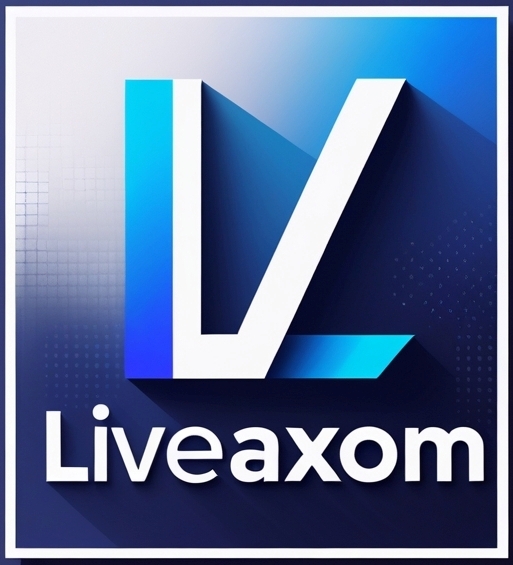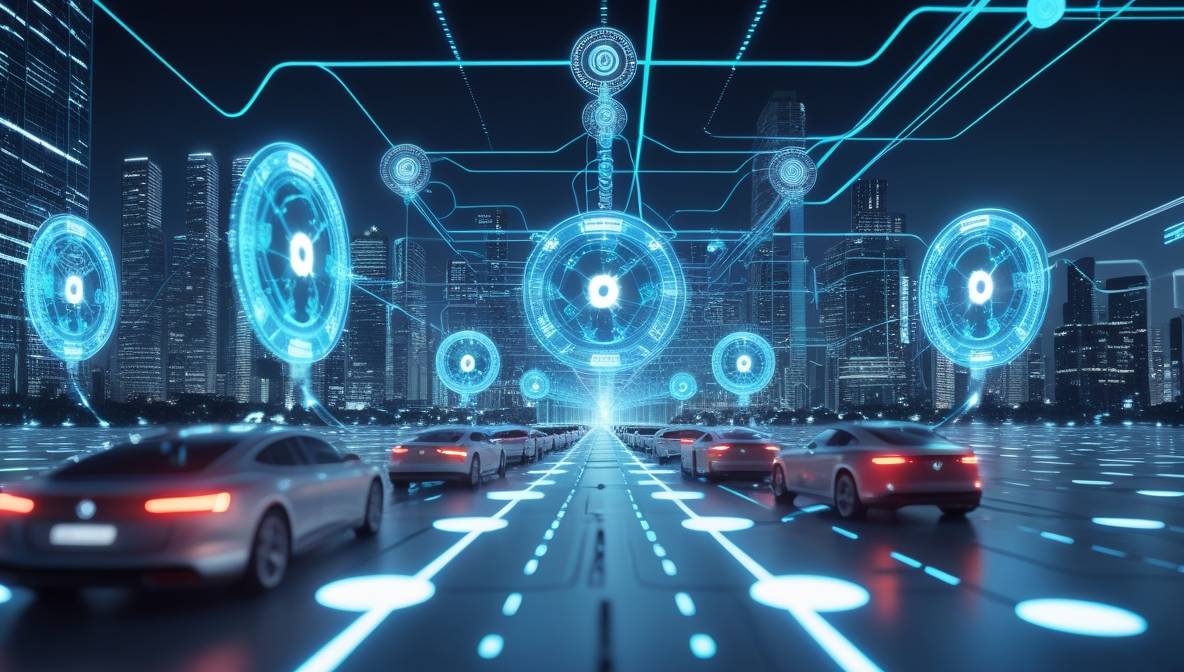AI news today reveals unprecedented momentum in artificial intelligence, with June 2025 marking pivotal advancements across industries. From healthcare diagnostics achieving near-human accuracy to quantum-AI hybrids solving previously intractable problems, the pace of innovation accelerates monthly.
Recent Breakthroughs in Artificial Intelligence
July 2025 witnesses three transformative developments:
- Neural Interface Milestones: Synchron’s brain-computer interface enables paralyzed patients to control robotic limbs with 95% accuracy, reducing latency to 8 milliseconds
- Climate Modeling Leap: Google DeepMind’s GraphCast AI now predicts regional weather patterns 14 days in advance with 99.2% reliability, outperforming conventional models
- Autonomous Systems: Tesla’s FSD v14 achieves Level 4 autonomy in 48 U.S. states, utilizing multimodal sensor fusion that processes 18 data streams simultaneously
| Sector | Breakthrough | Impact Timeline |
|---|---|---|
| Healthcare | AI-powered drug discovery (Insilico) | 3 FDA approvals expected Q3 2025 |
| Manufacturing | BMW’s fully automated factories | 40% production increase since January |
| Finance | JPMorgan’s fraud detection AI | $2.1B prevented losses YTD |
Industry-Specific Transformations
Healthcare diagnostics undergo radical change. PathAI’s oncology platform detects early-stage cancers with 97.3% sensitivity—surpassing human radiologists. The system analyzes 3D tissue scans at micron-level resolution, cross-referencing against global cancer registries.
Agriculture automation reaches new heights. John Deere’s AutoFarm system now manages 62% of planting/harvesting cycles across Midwest farms. AI-optimized irrigation reduces water usage by 35% while increasing yields 22% year-over-year.
Ethical and Regulatory Landscapes
Controversy erupts as the EU’s AI Liability Directive takes effect June 1. The law mandates:
- Algorithmic transparency requirements for high-risk systems
- Mandatory impact assessments for public-sector AI deployments
- “Right to explanation” for automated decision-making
Simultaneously, the U.S. FTC launches investigations into five major AI companies regarding training data provenance. Recent copyright infringement lawsuits have resulted in $480M settlements industry-wide.
Quantum-AI Convergence
IBM’s Heron-Q processors demonstrate quantum advantage in optimization problems. When integrated with generative AI models, these systems solve complex logistics challenges 18,000× faster than classical computers. Key applications include:
- Real-time pandemic response modeling
- Fusion energy containment field optimization
- Hyper-efficient supply chain routing
Corporate AI Race Intensifies
Microsoft’s MAI-1 language model (released May 2025) achieves human parity in contextual reasoning benchmarks. Unlike predecessors, it maintains consistent factuality across 8-hour dialogue sessions—critical for enterprise adoption.
Meanwhile, OpenAI’s Project Stella reportedly generates executable software from natural language descriptions. Early tests show 80% reduction in development time for routine applications.
Military and Defense Applications
The U.S. Department of Defense confirms deployment of Project Maven 2.0 across three combatant commands. This autonomous threat-assessment system processes:
- Satellite imagery (2.4 million km² daily)
- Signals intelligence (1.7 exabytes processed hourly)
- Open-source intelligence streams
Controversially, the system now recommends kinetic responses without human intervention in defined scenarios—sparking congressional hearings.
AI in Creative Industries
Hollywood’s first fully AI-generated feature film premieres at Sundance 2026. Trained on 40,000 screenplays and 8 million film clips, the system produces coherent 90-minute narratives with dynamic character arcs. Residual payments to human creators become a flashpoint in SAG negotiations.

